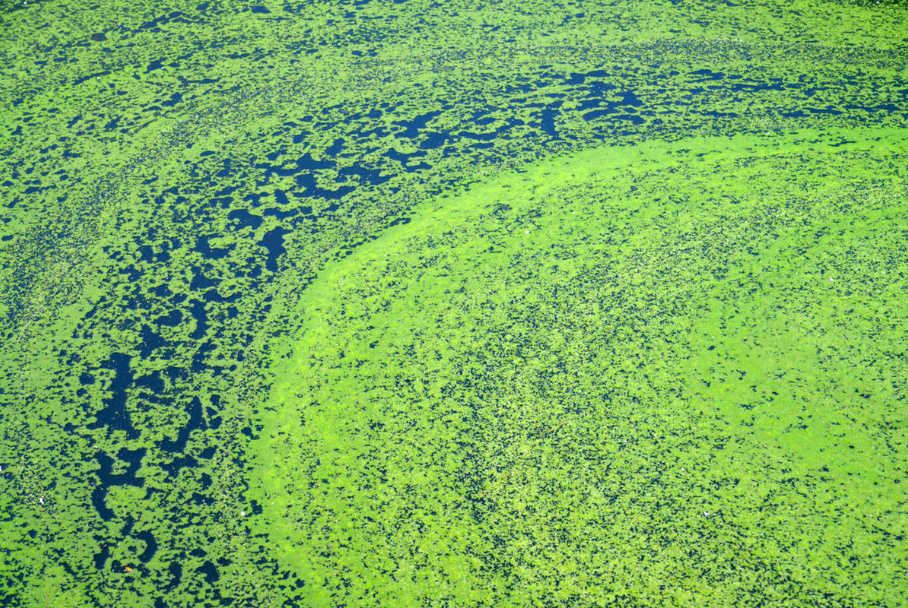
For any gardener, the ultimate goal, for the realization of which all the forces and resources invested in the cottage are thrown, is the creation of their own eden. And what kind of paradise without a pond? But after the first delight of contemplating your own country pond has passed, you will definitely encounter the need for regular maintenance of the latter so that it does not turn into a puddle with muddy green water. What problems can the pond owner expect? One of the main ones is turbidity of water and an unpleasant smell. Let’s figure out why the water blooms and how to avoid it.
Why does water bloom
The water in the reservoir may lose its transparency for various reasons. But in our case, we mean a change in the color of water due to the development of phytoplankton. This phenomenon cannot be called extraordinary. It is caused by natural seasonal processes — in the water there is a rapid development of a population of microalgae and photosynthetic bacteria.
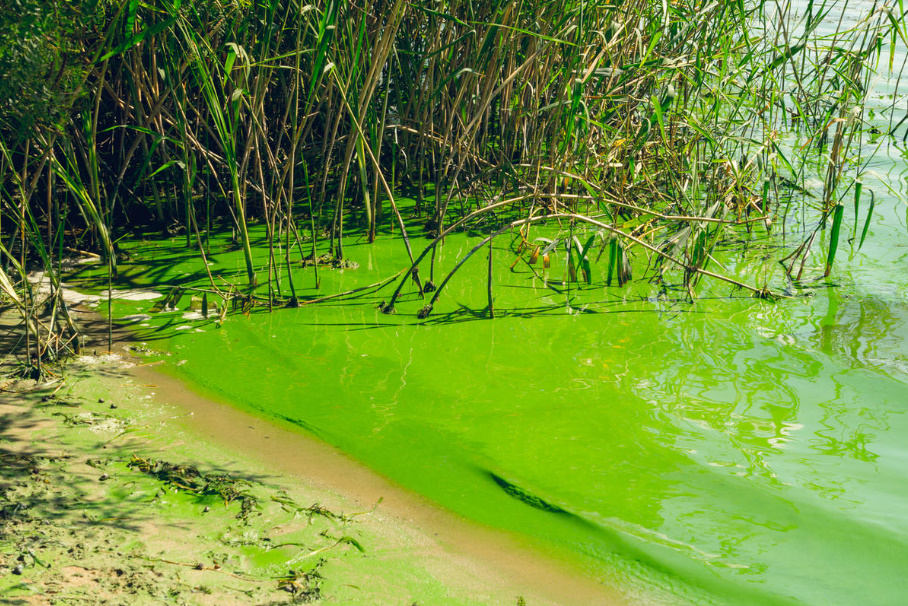
Most often these are varieties of unicellular blue-green algae, which are actually bacteria capable of photosynthesis: cyanobacteria. By the way, it was they who created oxygen in the atmosphere of our planet about 2.4 billion years ago. In addition to cyanobacteria, other types of protozoa, such as dinoflagellates, are also involved in the “flowering business”.
The so—called flowering of water is a conditional term, in the botanical sense, nothing blooms there. The onset of favorable conditions — heat and abundance of nutrients, especially phosphorus — provokes rapid reproduction of microorganisms. They multiply simply: by division, so the speed is decent. The water turns green due to the huge (it can reach more than 50 mg / l) accumulation of microscopic organisms.
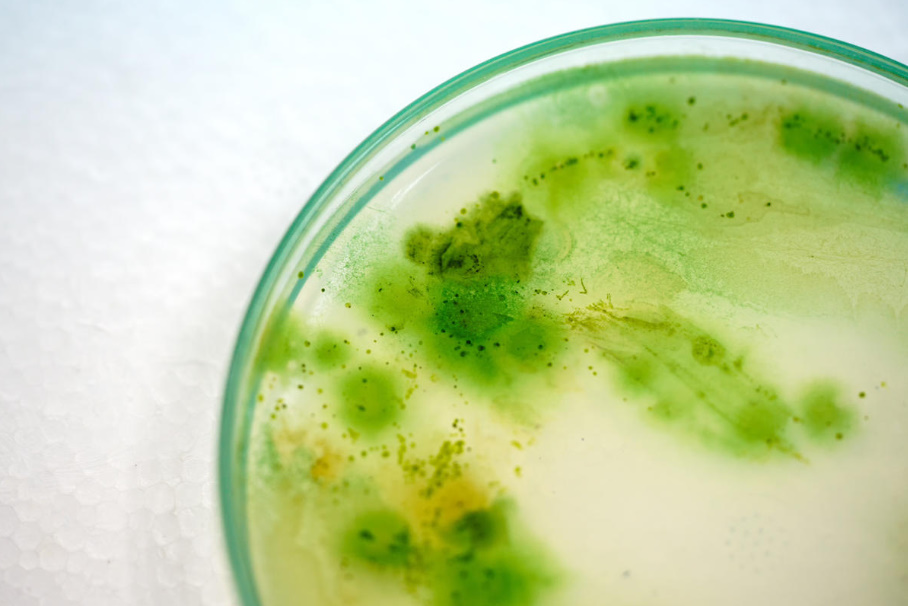
Water blooms not only in ponds, lakes and rivers. Bacteria actively multiply in the seas and oceans, creating surreal pictures visible from space. Although this phenomenon has a natural origin, but in recent decades environmentalists, hydrologists and specialists in aquatic flora and fauna are worried: climate warming and anthropogenic pollution of reservoirs leads to increased bacterial activity.
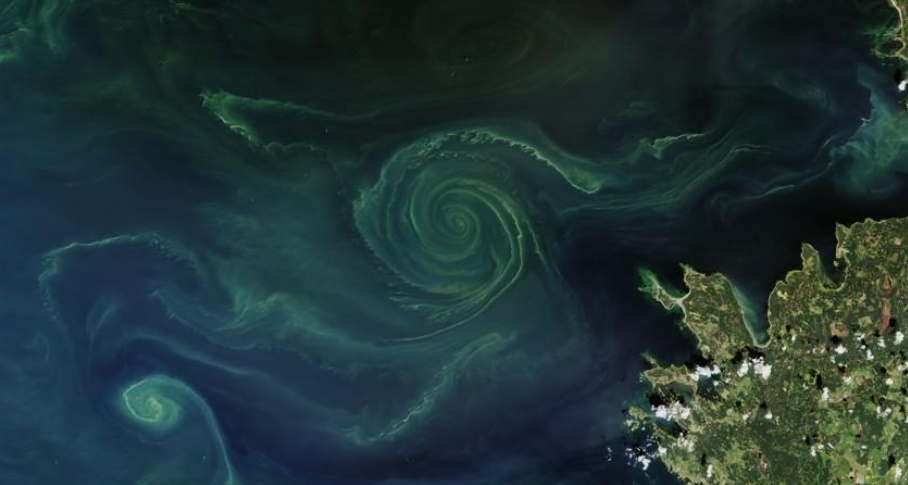
In the northern regions, there are mainly blue-green algae that color the water in shades of green. But the flowering may look different: depending on the varieties of microorganisms, the water may turn brown, red or pink. For example, residents of California or Florida have the opportunity to observe the red tide — a megapopulation of dinoflagellates. Scientists believe that the first of the Ten Egyptian executions is just the red tide.
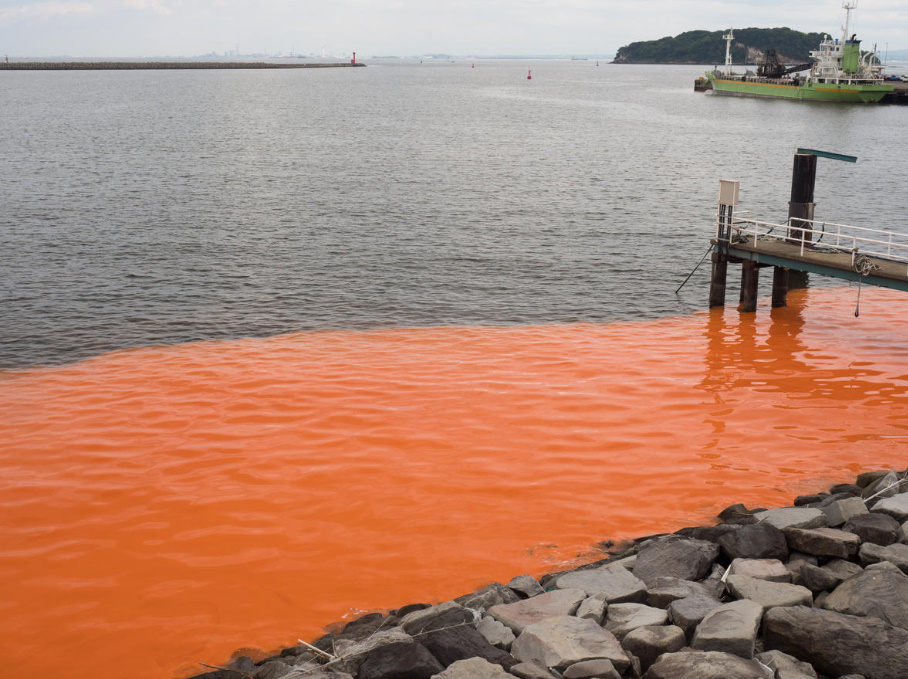
Billions and billions of bacteria during active flowering live quickly (their life cycle is only half a day), die and sink to the bottom. The rotting of such a mass of organic matter causes increased oxygen uptake, which leads to fish starvation. In addition, bacterial waste products contain toxic substances for aquatic inhabitants. Toxins accumulate in fish and shellfish and can lead to the Gaffa disease of people who consume fish and seafood.
How to avoid this
Of course, for a summer resident, the Gaffa disease is not too dangerous. But the unaesthetic view of the pond or the greenery in the pool will not add joy. How to deal with water blooming or prevent it?
By the way, many owners of reservoirs with experience do not struggle in any way, considering this to be the same natural phenomenon as a summer thunderstorm or ice on a pond in winter: in a healthy pond, the activation of bacteria lasts a week and a half, and then the water becomes transparent again.
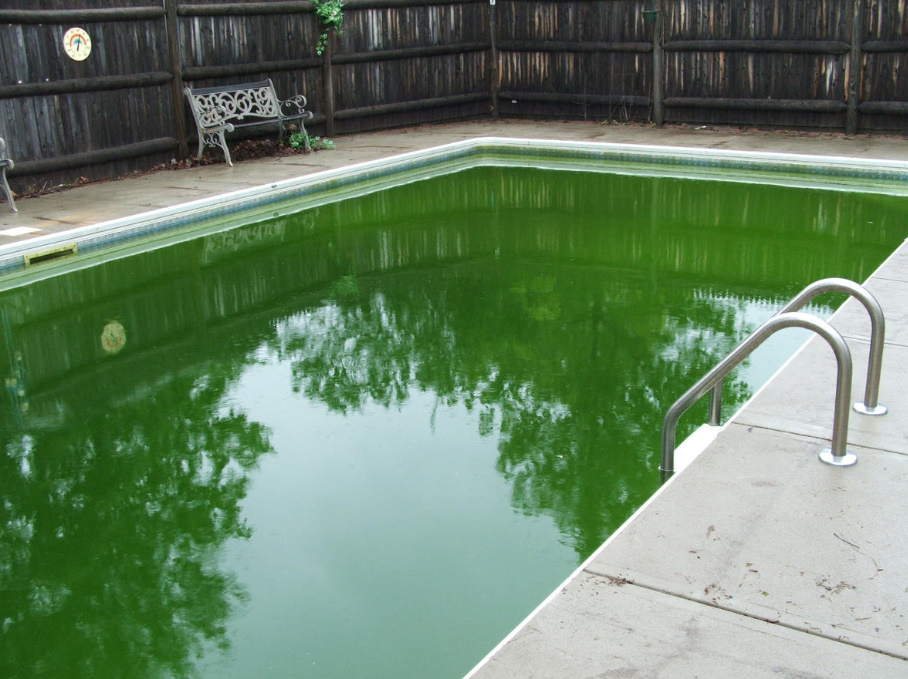
1. Harmonious water world
The first way to avoid water blooming is to create a sustainable biocenosis. Cyanobacteria are the first step in the food chain. If there is someone to absorb them, then the microorganisms that have multiplied in fertile conditions will not harm anyone, but will only add nutrition to the inhabitants of the pond.
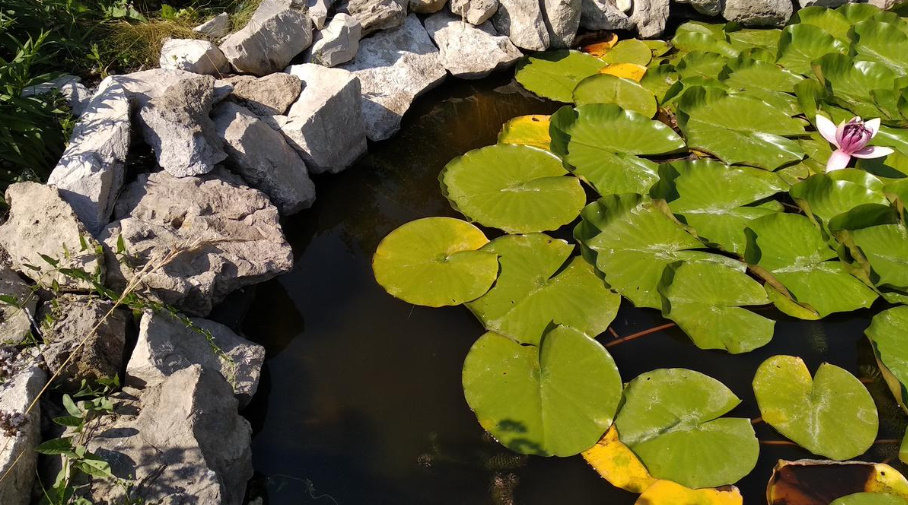
2. Don’t give them a chance
The second step to clean water in the pond is not to create conditions for the welfare of blue—green algae. Their active reproduction occurs in the warm season: the hotter the summer, the more likely it is. Of course, we are not responsible for the weather, but it is possible to reduce the heating of the pond. For this:
- place the reservoir not in the sun;
- keep in mind that in small ponds the water warms up more;
- deprive the bacteria of the opportunity to photosynthesize (plants with large floating leaves — nymphaeum, pods, Pontederia, floating nest and others — will block the light to the bacteria). It is recommended to plant such a number of plants that from a third to half of the water surface is covered with leaves. There are also special paints that darken the water and reduce flowering.
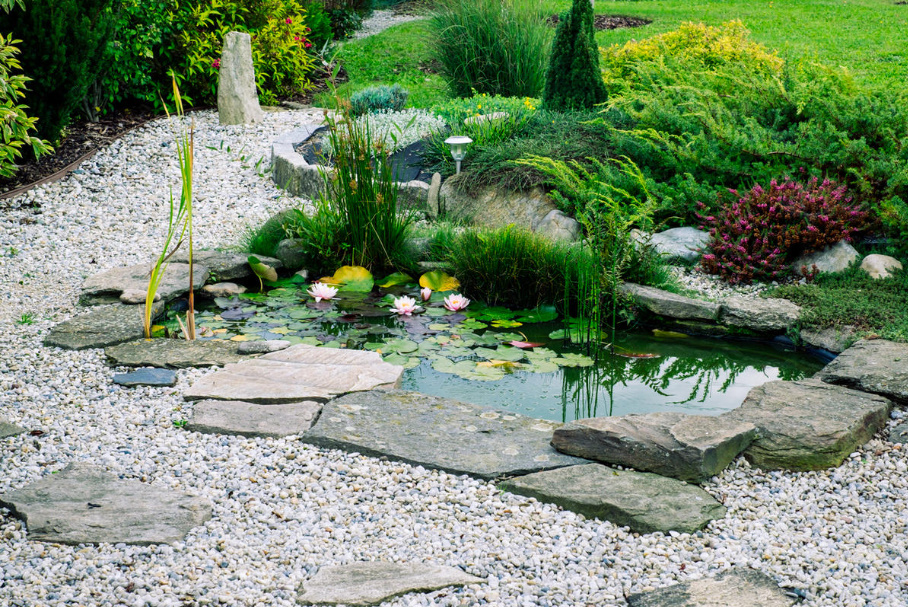
Another condition for the occurrence of flowering in the reservoir is a lot of nutrients, especially the abundance of phosphorus is dangerous. Therefore, do not let the bacteria eat: remove fallen leaves, dead parts of aquatic plants, fish food. This can be done manually — or install a filtration system, including collecting surface debris, such a device is called a skimmer. If you fertilize aquatic plants, carefully observe the dosage so as not to feed freeloaders.
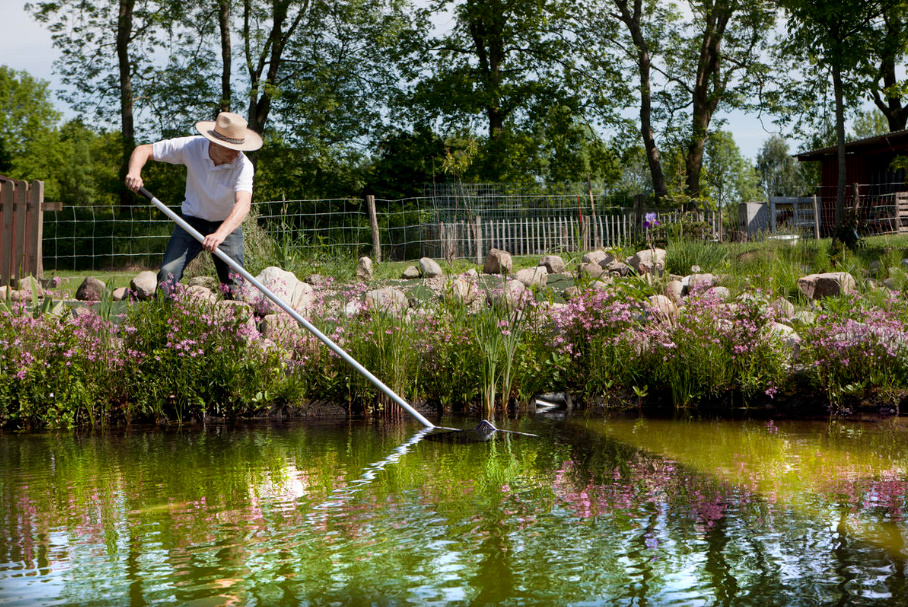
3. No stagnation
As you know, standing water blooms most often and fastest. If it is not possible to make a flowing pond (with water purification or replacement), supplement your pond with a waterfall, fountain or simply install an aerator. Flowing water will eliminate stagnation and additionally introduce oxygen. This will help the rest of the pond’s inhabitants feel better and eat phytoplankton more actively.

4. Monitor the pH level
Cyanobacteria prefer an alkaline environment. Make sure that the pH level of the water is either neutral or slightly acidic.
Remedies against water blooming
If your pond or pool has bloomed, then it is worth taking a closer look at its device: are all the above recommendations followed?
In addition to preventive measures to preserve the transparency of water, it is possible to use retaliatory methods of struggle.
- Chemistry for swimming pools and other artificial reservoirs. Algicides are a common name for algae control agents, they may have different compositions. If you plan to use them in a pond with ornamental aquatic plants and other animals, specify when buying that the product is harmless to them and has a detrimental effect only on algae.
- Natural algicides. There are biological killers of cyanobacteria. For example, in England, barley straw is traditionally used. It is placed in bundles at the bottom of the pond or left to float on the surface in special nets. In addition to the currently scarce barley straw, yarrow grass has the same effect.
- Cultivation of plants that purify water. For example, run Eichhornia crassipes, known as water hyacinth. This floating plant is a champion of water purification. He is even used as a “full-time employee” at wastewater treatment plants. And besides, the water hyacinth is beautiful.
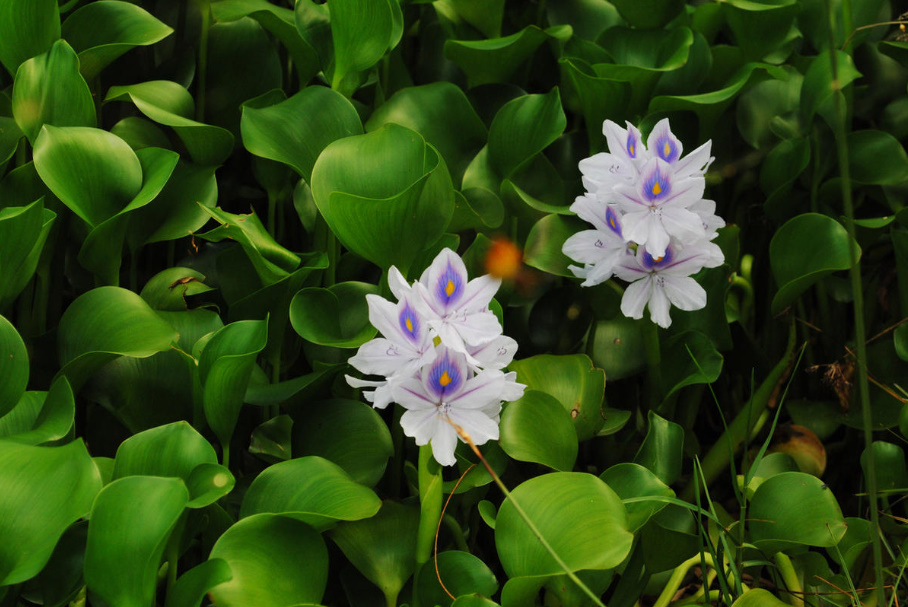
In order for the pond to delight guests and delight the owners, it requires constant attention and care. And what secrets do you use to combat water blooming? Share your experience of maintaining a pond or pool in the comments.




Leave a Reply